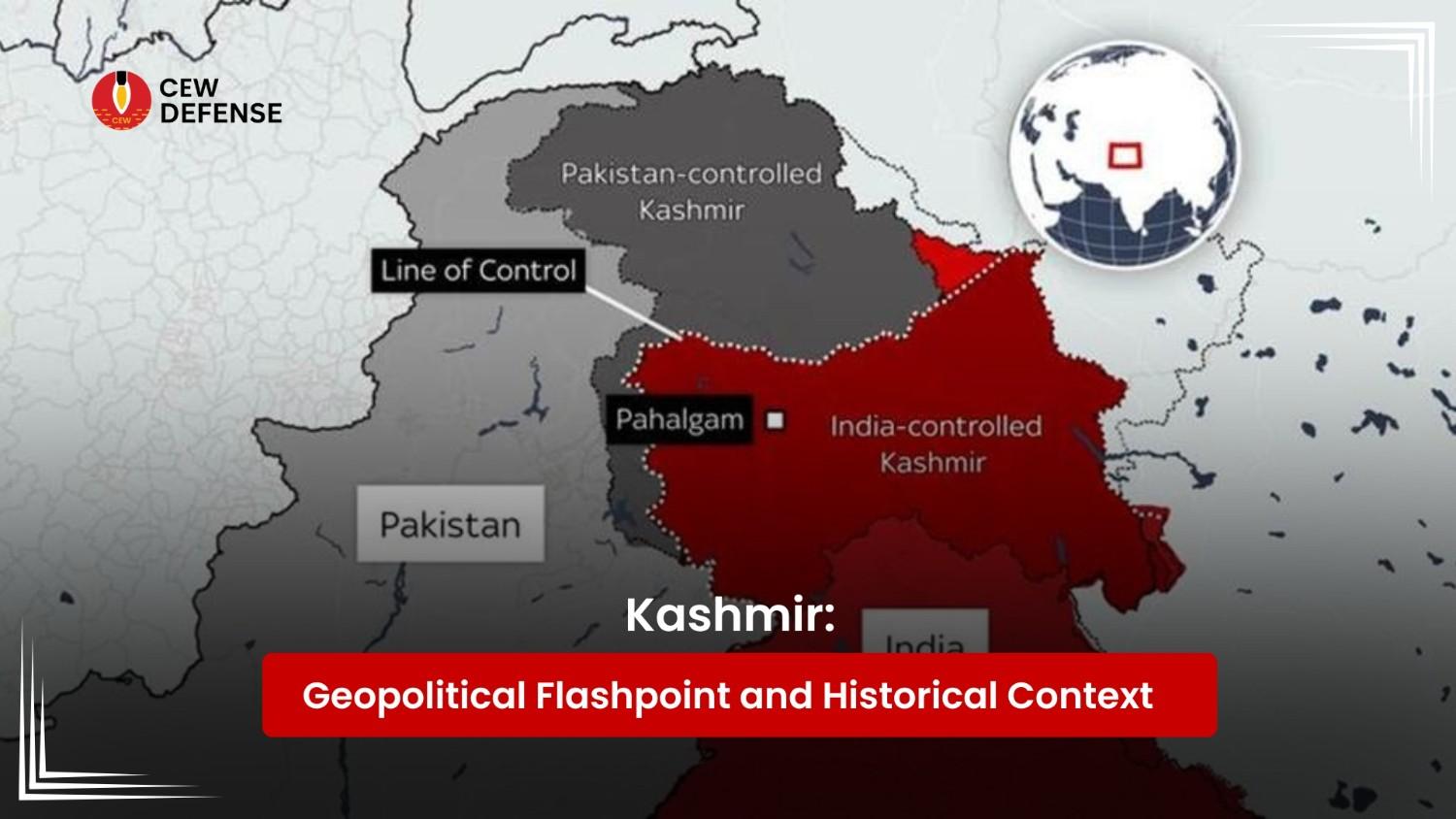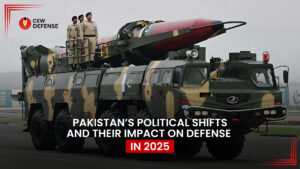The Kashmir conflict remains one of the world’s most intractable disputes, pitting India and Pakistan against each other for over seven decades. Rooted in the partition of British India in 1947, the conflict over Kashmir has evolved into a complex issue with deep historical, geopolitical, and contemporary significance. This article explores the history of the Kashmir conflict, its geopolitical importance, and the impact of recent developments such as the revocation of Article 370.
History of the Kashmir Conflict
The origins of the Kashmir conflict trace back to the partition of India in 1947, when the princely state of Jammu and Kashmir was given the choice to join either India or Pakistan. The region’s Hindu ruler, Maharaja Hari Singh, initially sought independence but ultimately acceded to India after an incursion by tribal militias from Pakistan. This decision sparked the first Indo-Pakistani war, which ended with a United Nations-brokered ceasefire and the establishment of the Line of Control (LoC) as a de facto border.
Despite UN recommendations for a plebiscite to determine Kashmir’s fate, the referendum never took place due to disagreements over demilitarization and mutual distrust between India and Pakistan. The conflict escalated into further wars in 1965 and 1971, as well as the Kargil conflict in 1999, with no significant changes to the territorial status quo.
Geopolitical Importance of Kashmir
Kashmir’s strategic value is immense. The region serves as a crucial bridge between South and Central Asia, bordering Afghanistan and providing access to the Arabian Sea and Persian Gulf. For India, control of Kashmir is vital for national security, countering a two-front threat from Pakistan and China, and securing access to Central Asia. For Pakistan, Kashmir is essential for water resources and as a gateway to China through the China-Pakistan Economic Corridor (CPEC), a key component of China’s Belt and Road Initiative.
As per IGES, China, though not a direct party to the original dispute, controls a portion of Kashmir (Aksai Chin) and is deeply invested in regional stability for its economic and strategic interests. The presence of three nuclear powers—India, Pakistan, and China—around Kashmir makes the region a potential flashpoint with global implications, especially in terms of nuclear deterrence and regional stability.
Recent Developments: The Impact of Article 370 Revocation
In August 2019, India revoked Article 370 of its constitution, which had granted Jammu and Kashmir special autonomous status. This move was widely condemned by Pakistan and criticized by China, while India argued it was necessary for integration and development. The revocation led to a massive security crackdown, internet blackouts, and mass detentions in the region.
The abrogation of Article 370 has had profound effects on Kashmir’s autonomy and its political landscape. Supporters of the move claim it has enabled greater integration with India and spurred economic investment. Critics argue it has undermined Kashmir’s unique identity and fueled further unrest and alienation among the local population.
The Line of Control and Ongoing Tensions
The Line of Control (LoC) remains a highly militarized and volatile boundary between Indian- and Pakistani-administered Kashmir. Frequent skirmishes, cross-border firing, and infiltration attempts keep tensions high. The region has also witnessed significant militant activity, with both India and Pakistan accusing each other of supporting insurgents and violating ceasefire.
Why Kashmir Is Important Geopolitically
Kashmir’s geopolitical importance stems from several factors:
- Strategic Location: Kashmir lies at the crossroads of South and Central Asia, making it a key transit point for trade and military movement.
- Water Resources: The region’s rivers are vital for agriculture and hydroelectric power in both India and Pakistan.
- Nuclear Flashpoint: The presence of nuclear-armed neighbors raises the stakes of any conflict, drawing international attention and concern.
- Economic Corridors: The China-Pakistan Economic Corridor (CPEC) passes through parts of Kashmir, making regional stability crucial for China’s global ambitions.
Conclusion
The Kashmir conflict is a complex blend of historical grievances, geopolitical rivalry, and contemporary political maneuvering. Its resolution remains elusive, with the interests of India, Pakistan, and China deeply intertwined. The revocation of Article 370 has added a new layer of complexity, making the region’s future even more uncertain. Understanding the history of the Kashmir conflict, its geopolitical importance, and the impact of recent developments is essential for anyone seeking to grasp the challenges facing South Asia today.







